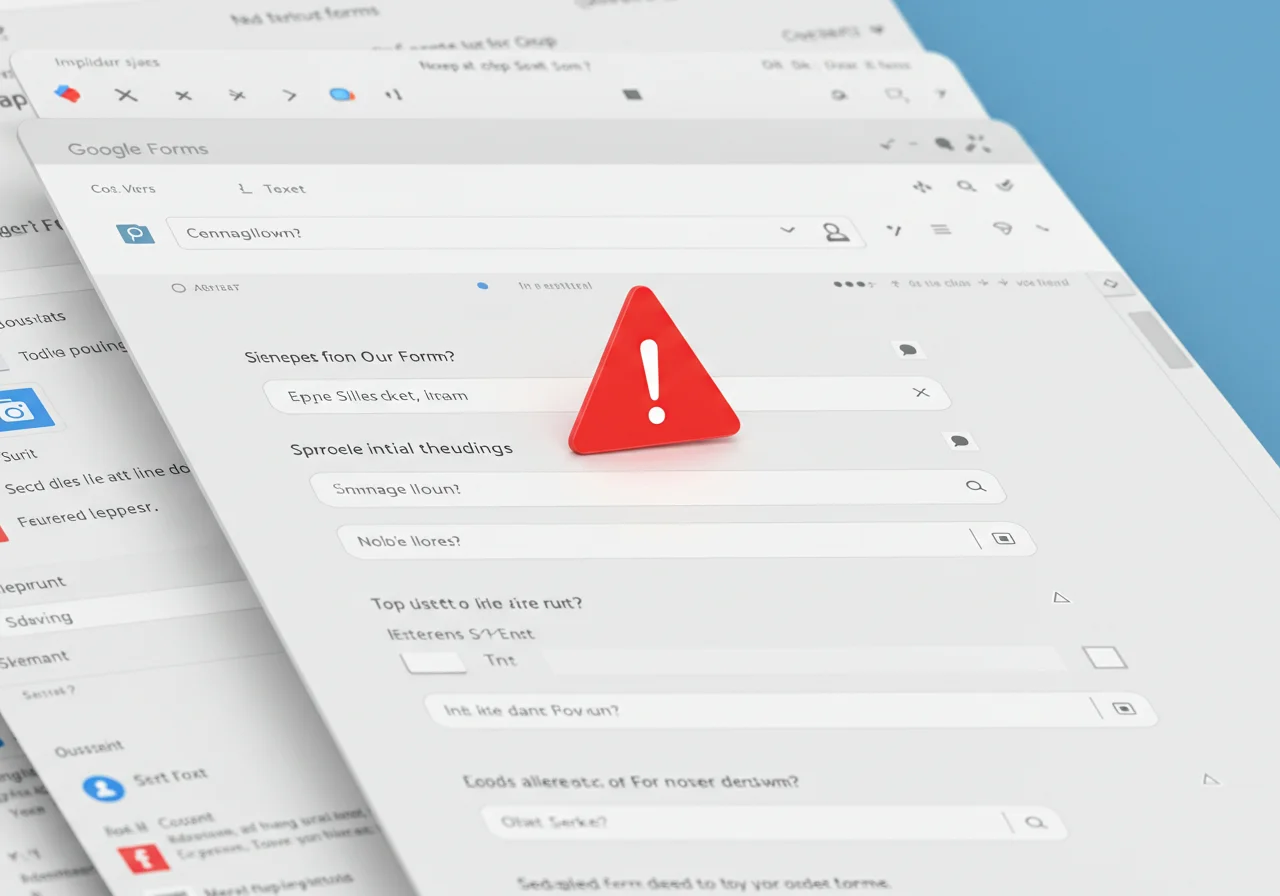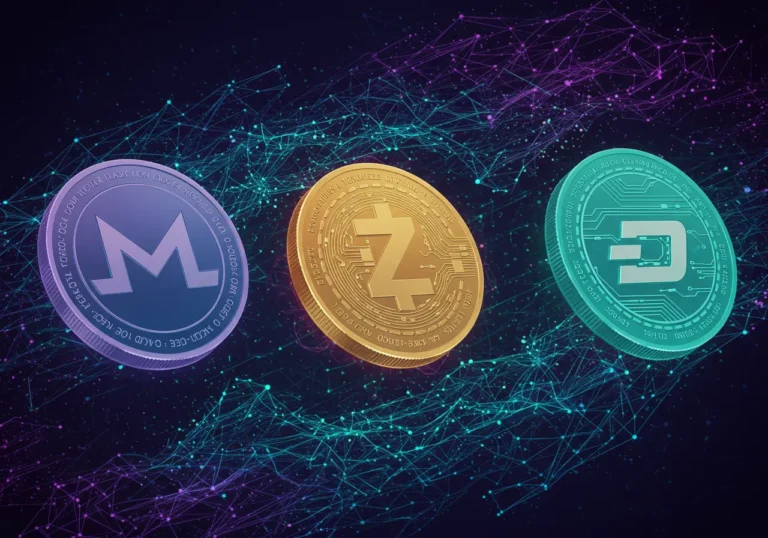New Crypto Scam Uses Google Forms to Steal Your Info—Don’t Fall for It
Imagine receiving an email that looks completely legit. It tells you there’s a pending crypto transaction waiting—a payout, refund, maybe even a surprise reward. There’s urgency too: “Click now, or the offer expires.” The link? A polished Google Forms page. Clean layout. Familiar branding. Everything feels official.
You hover over the URL. Nothing suspicious. So, you click.
Suddenly, you’re asked to log in or provide a few details to “verify” the transaction. Harmless, right?
Unfortunately, that’s the trap.
Scammers are now weaponizing trust in platforms like Google Forms to target crypto users. It’s a clever phishing scam, and it’s spreading fast. If you’re active in crypto—or even just curious—you need to know how this works and how to protect yourself.

How This Scam Operates
Here’s how it plays out:
The attackers create a Google Form that mimics a crypto transaction alert. They send it to victims via email, cleverly hiding the fact that they entered the recipient address manually—so it triggers an auto-confirmation email generated by Google, bypassing spam filters.
Seeing the email, users open the form which asks for sensitive info: crypto wallet credentials, passwords, or requires paying a “processing fee.” Some even direct you to fake exchange websites or pretend support services—none of which exist. Once you share the info or pay, your funds vanish.
It’s an example of phishing using social engineering and trusted tools—making it slick and dangerous.
Why This Scam Works So Well
- People trust Google Forms by default—after all, it’s widely used and email-native.
- The confirmation email looks more believable—because it is Google-generated.
- Victims feel urgency—emails pressure them to act before a “deadline.”
- Cybercriminals mimic official transaction tone and structure—making the form seem legitimate.
Real Impact: Why It Matters to Crypto Users
Crypto users are perfect targets:
- Transactions in crypto are irreversible. Once you send funds to a fake address, it’s gone.
- The emotional pull of “you must confirm or miss out” is powerful—especially when it feels official.
- Many people aren’t trained to spot phishing in forms—less familiar than phishing sites or emails.
- Even experienced users can be caught off guard if confirmation emails mask deception.
This campaign is already responsible for multiple thefts, and security experts warn it’s growing fast.
What You Should Do Right Now
- Treat any unexpected email with caution—especially those with Google Form links.
- Never click or fill in forms asking for wallet keys, passwords, or private phrases.
- When forms ask for crypto credentials or payments, consider it malicious.
- Always verify transaction notices independently—do not rely on form messages.
- When unsure, log into the official platform yourself—don’t follow links.
- Enable two-factor authentication (2FA) on exchanges and wallet accounts.
- Use a hardware wallet for long-term storage of assets.
- Regularly check device security and avoid using public Wi-Fi for crypto operations.
How to Spot a Fake Google Form
Here are signs that something is wrong:
- The form asks for sensitive details like private keys or wallet passwords—those should never be shared.
- The confirmation email claims to be auto-generated but requests personal crypto info.
- Links redirect to suspicious domains or interfaces that don’t match known platforms.
- The form shows urgency—expire times, limited window to act—or promises unrealistic rewards.
- There’s no verification step or way to confirm authenticity via official channels.
If you see these, stop before clicking.
How This Fits into Today’s Crypto Risk Landscape
- Crypto scams in 2025 are surging—both in number and sophistication. AI deepfakes, fake giveaways, impersonated accounts, and phishing via trusted services are all increasing rapidly.
- Recent data shows phishing scams are among the fastest-growing methods criminals use to target crypto holders.
- Tools like Google Forms, social media, messaging apps—even voicemail—are all being weaponized. Attackers are targeting trust, not just system gaps.
Key Takeaways
- A new phishing scam using Google Forms is targeting crypto users with fake transaction alerts.
- It leverages auto-generated confirmation emails to bypass spam filters and seem real.
- Attackers trick users into submitting wallet credentials or fake commission fees.
- Crypto assets sent through this scam are lost forever.
- Don’t trust forms requesting crypto-sensitive info. Always confirm via official channels.
- Use strong security habits: 2FA, device hygiene, hardware wallets, and phishing awareness.
This scam highlights how attackers exploit everyday tools—and the trust users place in them—for deception. It’s a reminder: vigilance matters more than ever.
Table of Contents

Hello, I’m Edmilson Dias, founder of CoinBringer. I created this platform to guide people through the fast-moving world of cryptocurrency with clarity and safety. With years of research in blockchain and digital security, my goal is to translate complex topics into practical knowledge, offering reliable tutorials, safety insights, and guidance for both newcomers and experienced users.
Discover more from CoinBringer
Subscribe to get the latest posts sent to your email.







